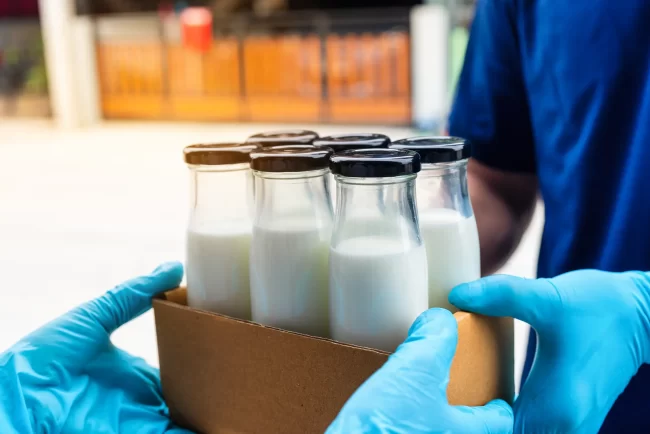Enhancing Beverage Production with Chlorine Dioxide Disinfection
In the beverage manufacturing industry, maintaining high standards of hygiene and safety is paramount. Contaminated water and equipment can lead to compromised product quality, potential health risks, and costly recalls. Chlorine Dioxide (ClO2) has emerged as an effective and reliable solution for disinfecting water and equipment in beverage production, ensuring the highest levels of product…









